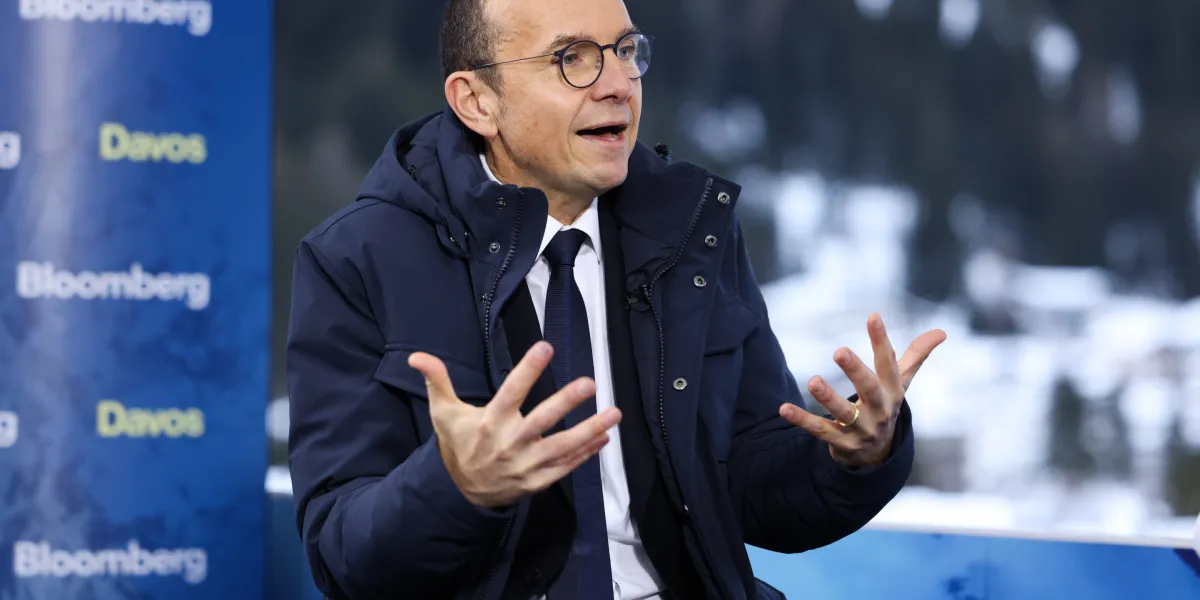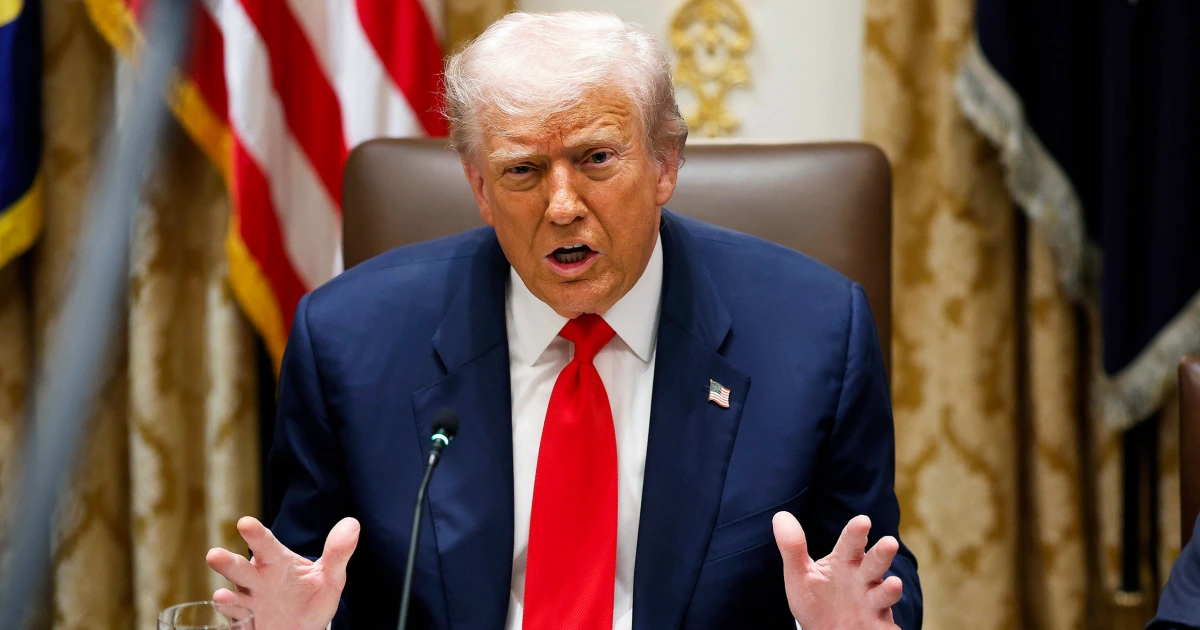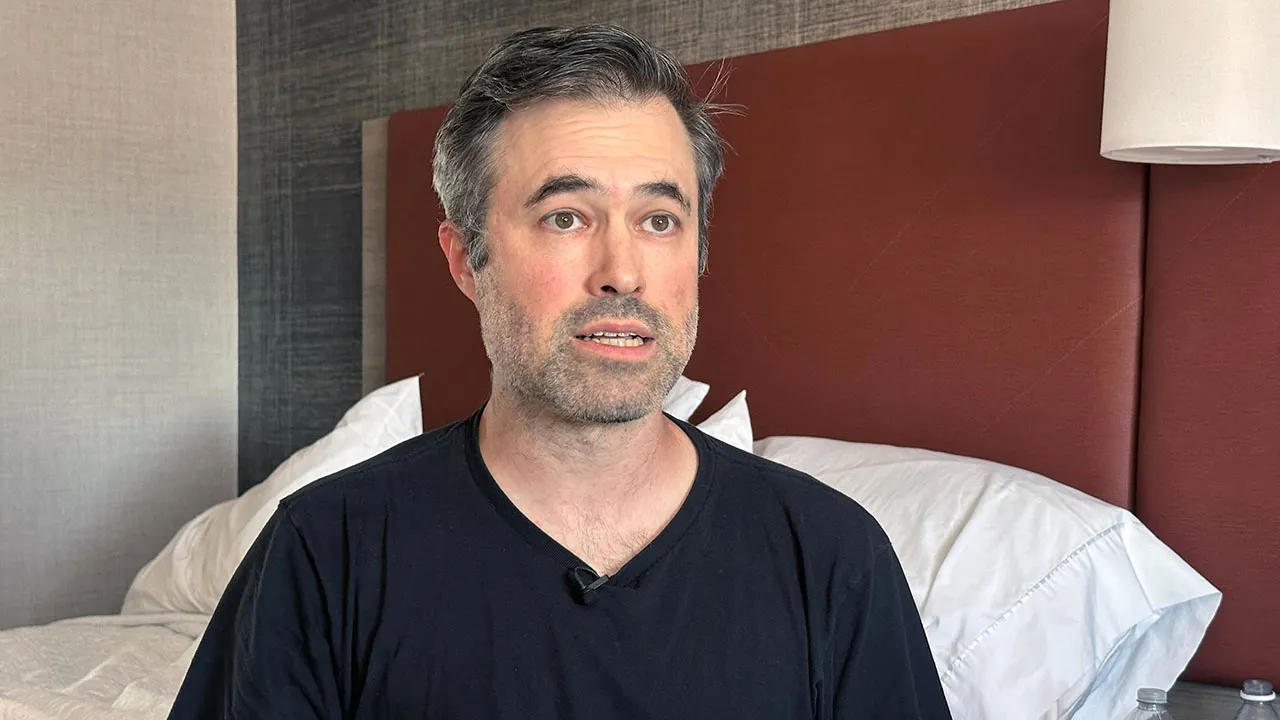Copyright Fortune

You’re coming up on your first anniversary as CEO. How has it been? My day one was in front of the board of Schneider, and they asked me a question: What do you have in mind? And I said, ‘Look, I think Schneider has been an exceptional company. We’ve been transforming the company, but the world is changing. We need to define the next cycle of what Schneider is going to be, how we are going to impact this energy transition.’ The world has never been so unstable and so fragmented. As a company, we cannot influence the external world, but we can adapt our company to be more agile. I think we have a good vision for how Schneider can differentiate in the next cycle, how our technology could have an impact. So I feel good. Do you feel that your vision has shifted somewhat in the past year? That’s a very good question. There are things related to geopolitics. We see this big shift on the energy transition: the supply is changing with more renewable energy everywhere, but the demand has shifted a lot because we are trying to electrify most of the demand in every part of the world. So this acceleration in both supply and demand is happening faster than expected. So that disrupts the way we will invent the technology of the future. For example, we are living in a world where electricity is mainly on alternating current (AC) AC. Now, you will have more more hybrid AC/DC (direct current) technology. [You can read more on this here.) Look at the number of data centers being built every day. The technology disruption, compared to one year ago, has seen a huge acceleration. Look at all those countries that have embarked on this job of working on the supply of electrical power with China being the fastest in the world. What about the U.S.? It’s almost impossible to stop the trend in the U.S. on the renewable side. When I speak to the people who are implementing projects, they are saying, ‘Look, most of those projects are going to happen.’ People are very confused about what sustainability means. Today, we are using sustainability for too many things. We always try at Schneider to build a responsible company that has a positive impact, which means that when we want to deliver strong financials in the next quarter, we always try to imagine how we impact our environment positively, our ecosystem. And our ecosystem includes employees, customer, partners, supplier, countries. We still want to be a responsible company for the short and the long term. We used to call that social responsibility—it was more charity—then it moved to ESG sustainability, and maybe the next cycle is more about impact responsibility…It’s not only for your wallet or the planet that you have to do the energy transition. It’s because of demand Is the anxiety about powering this transition justified? If you look at the sum of gigawatts that needs to be built in the next five years, it’s just huge. Starting in the U.S., there is a question mark over whether you will have enough power in the U.S. available to support that. You need to reconnect the power available versus the demand. In many countries of the world, you need permitting to make sure you have process that makes it simple for people to build data centers. Third, the land available in some geographies is still an issue. You also have a shortage of manpower, like electrical contractors, to execute. Two years ago, I would have added the capacity of equipment in the industry but I think all the players, including Schneider, have built capacity now to meet the demand for the next three years. How do you want people to think about Schneider Electric? If you think this is a company a provider of solutions, of equipment, that’s not enough. We are an energy technology company, and we are your energy technology partner. We need to connect the grid to the data center. We have access to utilities. We have access to hyperscalers. Our job is to make sure that we connect an ecosystem of people and provide the technology that will make it happen. We want to help the utility to be much more efficient, to generate more power. The biggest issue with generating power and transmitting power with fossil fuels is that you lose 50% of what you produce. With electrification, 90% of what you produce can be used by the end user. Everything will be become more electric, more automated, more digital. How did your time as chief human resources officer of Schneider Electric shape your perspective in the role? I’ve been in this company for 32 years. I had the chance to be appointed as a leader fairly early in my career, and I always had a strong belief that leadership has a strong impact on the company. At the end of the day, you can have the best technology, the best brand. Everything is about really about the people, about how you effectively work. When you become the CHRO, you step back a little bit, you observe even more in the leader and then you realize how much the culture, the behavior of the people, are impacted by what comes from the top of the company. 90% of success is about the selection of the people you will put in jobs. How are you shifting the tone internally to accelerate the speed of transformation? There are three things that I’m focusing on: performance, simplicity and the speed of decision-making. The most important is decision making. When you are in a very large company, where leadership is extremely committed, you tend to be complex and that can impact your agility to make quick decisions and to execute on those decisions. So what I’m just trying to do identify the decision makers; we cannot have too many cooks in the kitchen. There is always a premium for a company that will move fast—speed over perfection and execution. It’s always easier to move fast and correct rather than trying to plan for months to figure out what the future could look like. And the world is so uncertain today that I do believe it’s important to empower the people who are as as close as possible to the action. That’s why I’m changing in the way we operate from an organizational standpoint. The CEO of Novartis told me recently that, the more complex the external environment, the more it’s important it is to have simplicity internally. We started a couple of years already ago, but I’m accelerating that we are going to the next level of regionalization of Schneider. You have regional teams, usually commercial teams, everywhere in the world. But whenever you come to supply chain, even R&D or finance, you enter in global organization. So what we are doing at Schneider is create a multi-hub model to regionalize as much as possible everything which is global. I’m building out our four regions—it’s North America, it’s China/Asia, Europe, and the international region, starting here from the middle east. I want to make sure that every region as at the center a supply chain, a regional execution center for projects and commercial. So people who are working at the regional level can handle 80% of what they have to do. I’m just defining internally, where is the 20% of stuff that has to be truly global: in strategy, resource allocation, M&A, technologies, platform, those kind of things. But for the rest, we try to build these regional hubs that are independent but interconnected. It’s not that I’m cutting Schneider in four pieces. I’m still keeping one layer which is common but regionalizing as much as we can to create empowerment and speed in the way we are managing the company. The world is so fragmented and so different that there the global model we have all learned for the past 20 years is obsolete. How are you partnering differently? We have learned very early in our company that if you want to have a very strong coverage of the market, you need commercial partners. With all the technology transformation—electrification, automation, digitalization—that takes an ecosystem. So technology partnerships are more and more important for Schneider. Data centers have the fastest growth opportunity, so we, of course, partner with hyperscalers. They are our customers but we need to partner with Nvidia to understand the technology that they will develop for the future, to make sure we can adapt our own technology and bring solution to the hyperscalers. What’s the impact of AI? AI is helping to capture a certain amount of data that us create more value for the customer. You can start, for instance, to do preventive maintenance and so on and so forth. Agentic AI will automate it even more and will give even more advice. The complexity of the process will dictate at which speed you can do it. Customer care is always a simple use case. When you go to deep technology processes, I can tell you it will take a lot of time. That doesn’t mean that AI will not help, but going to a level where everything will be replaced by agentic AI in some segments that will take definitely a lot of time. In some complex applications, you will continue to have software for the next 20 years.



